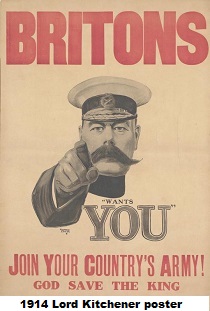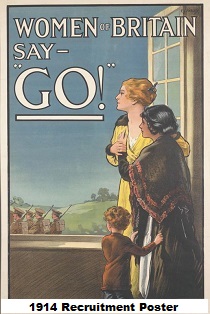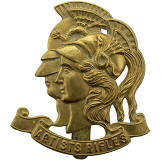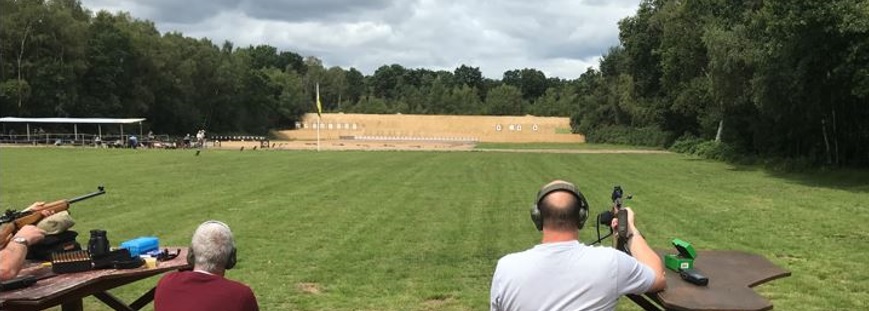History
|
History Of The Artists' Rifles
Regiment The regiment was established in 1859, part of the widespread volunteer movement which developed in the face of potential French invasion. The group was organised in London by Edward Sterling, an art student, and comprised various professional painters, musicians, actors, architects. It was established on 28 February 1860 as the 38th Middlesex (Artists') Rifle Volunteer Corps, with headquarters at Burlington House. Its first commanders were the painters Henry Wyndham Phillips and Frederic Leighton. |
 |
In September 1880, the corps became the 20th Middlesex (Artists') Rifle Volunteer Corps, with headquarters at Duke's Road, off Euston Road, London. It formed the 7th Volunteer Battalion of the Rifle Brigade from 1881 until 1891 and the 6th Volunteer Battalion from 1892 to 1908. During this period, The Artists Rifles fought in the Second Boer War as part of the City Imperial Volunteers. The Artists Rifles was a popular unit for volunteers. It had been increased to twelve companies in 1900 and was formed into three sub-battalions in 1914, recruitment was eventually restricted by recommendation from existing members. It attracted recruits from public schools and universities; following the outbreak of the First World War, members of The Artists Rifles were selected to be officers in other units of the 7th Division. |
|
|
Early in 1915, selected Artists officers and NCOs were
transferred to run a separate Officers Training Corps, in
which poet Wilfred Owen trained before posting to the
Manchester Regiment; the remainder being retained as a
fighting unit. Over fifteen thousand men passed through the
battalion during the war, more than ten thousand of them
becoming officers. The battalion eventually saw battle in
France in 1917 and 1918. In the early 1920s, the unit was
reconstituted as an infantry regiment within the Territorial
Army, as the 28th County of London Regiment. The regiment
functioned as an Officer Training Corps during the Second
World War and disbanded in 1945. |
 |
| The unit's badge, designed by J. W. Wyon, depicts the heads of the Roman gods Mars and Minerva in profile. Until 1914 the regimental full dress uniform was light grey with white facings, silver buttons and braid. This distinctive uniform dated from the regiment's foundation as a volunteer unit. After World War I standard khaki was the normal dress. | |
| 15,022 men
passed through the Regiment, of whom 2,003 were killed,
3,250 wounded, 533 posted missing and 286 taken as prisoners
of war. Amongst them they won: 8 Victoria Crosses, 52 Distinguished Service Orders and 4 bars, 822 Military Crosses with 63 bars (and 6 second bars!), 23 Distinguished Flying Crosses with 3 bars, 15 AFCs, 6 DCMs, 15 MMs, 14 MSMs.....and 564 Mentions in Dispatches. While between the wars, the Artists competed in major team shooting events with distinction. |
|
| With acknowledgement to https://en.wikipedia.org/wiki/Artists_Rifles | |

